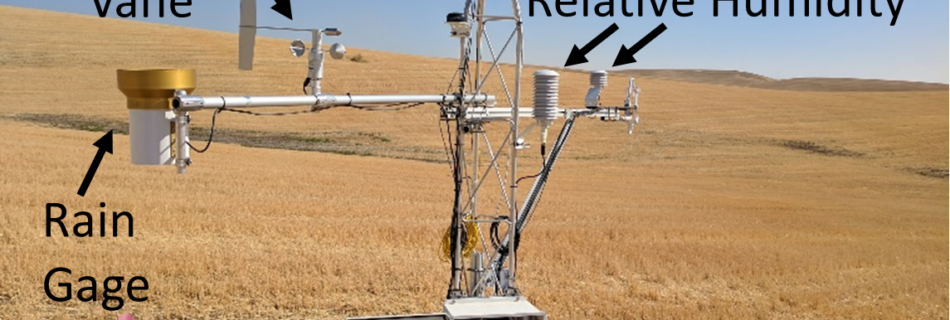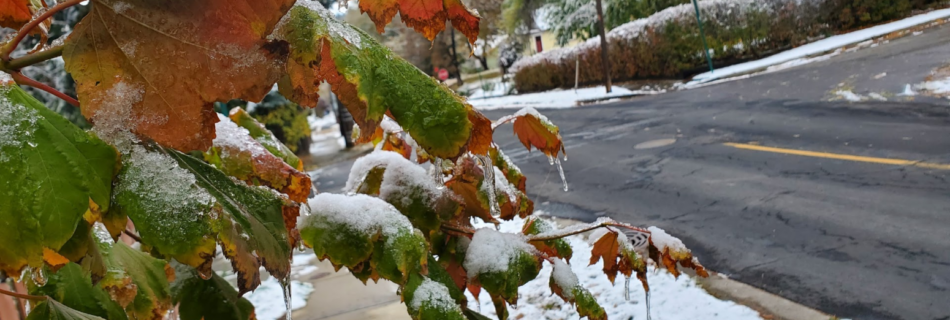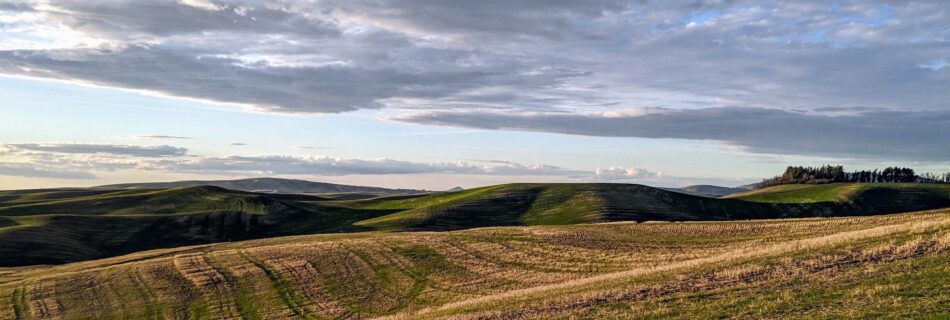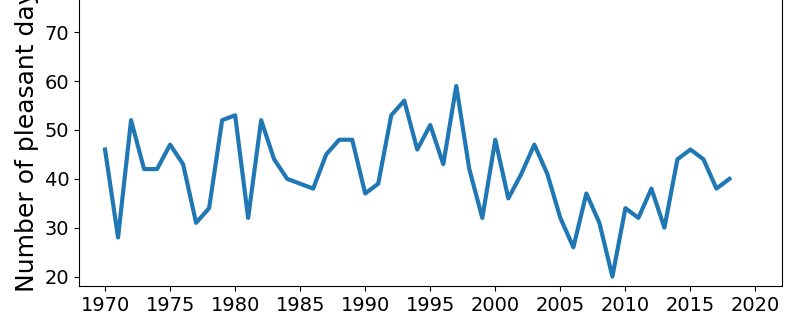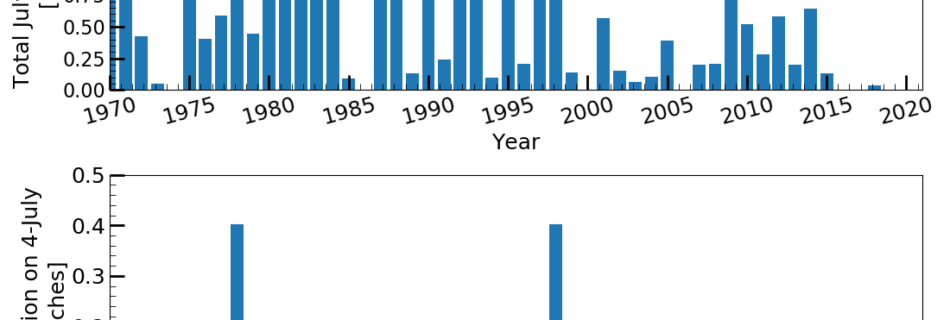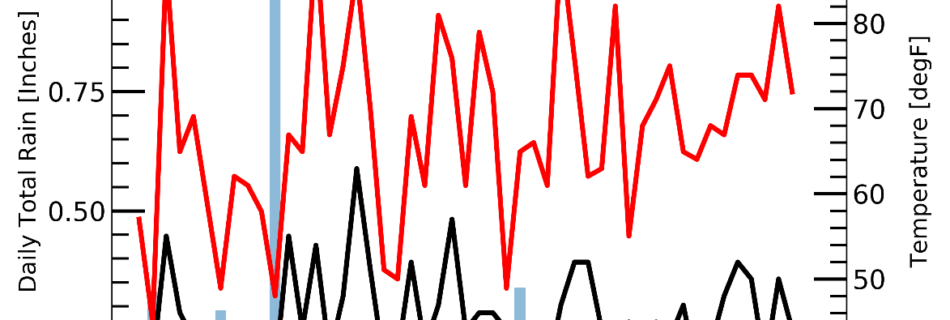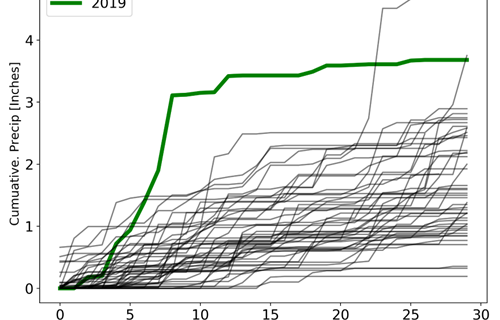Measurements, and data, and more, oh my!
As more data begins to show up on the website (https://cafltar.org/data/) and with the reformatting of the Eddy Covariance Flux Tower Data dashboard, it behooves us to take a minute to explain the data being displayed and its potential usage from a researcher’s perspective. Today, the core meteorology data. The “research-grade” data and instruments will be …

